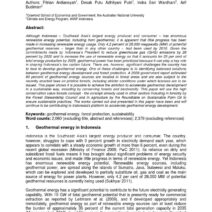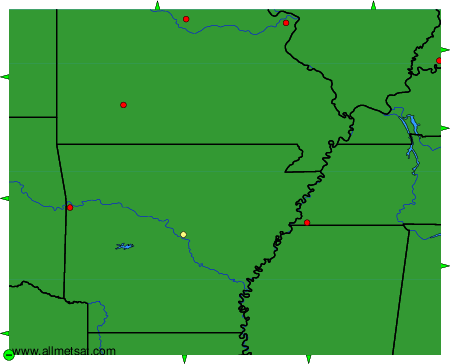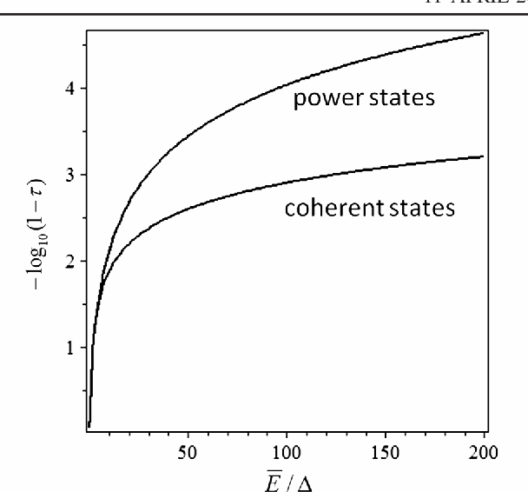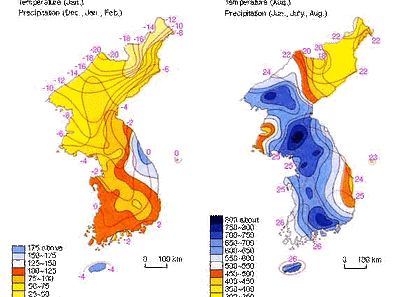In the heart of the American South, where the landscape undulates between verdant hills and sprawling plains, Arkansas possesses a climate that is as diverse as its topography. This region experiences distinctly humid summers and mild winters, characterizing its weather and impacting both the environment and the lifestyle of its residents.
The summers in Arkansas are an enveloping blanket of humidity, akin to stepping into a warm embrace from Mother Nature herself. Typically stretching from June to August, these months showcase a compelling interplay between heat and moisture. Average high temperatures can reach into the upper 80s and low 90s Fahrenheit (around 30 to 35 degrees Celsius). The humidity, often flirting with 80%, can rob the air of a refreshing breeze, leading to a density in the atmosphere that clings to the skin. This robustness of summer is reminiscent of a teeming garden in full bloom, exuding vibrancy yet requiring diligent care.
The extreme humidity is primarily a result of Arkansas’s geographical placement within the southeastern United States. This region is heavily influenced by the Gulf of Mexico, which serves as a vast reservoir of moisture, condensing in the warm summer air. The resultant sticky conditions provide not only challenges but also unique ecological benefits. The lush vegetation that flourishes during these humid months offers a bountiful haven for wildlife, contributing to the state’s rich biodiversity.
Rainfall during this period is abundant, averaging about 3 to 5 inches monthly. Thunderstorms are common, often crashing into the still air with electrifying energy. These storms dance across the state, a juxtaposition of beauty and potency. The vivid lightning displays illuminate the sky like strobe lights at a concert, while the subsequent rainfall reinvigorates the lush greens of the landscape. This hydric rhythm nurtures everything from the towering hardwood trees to the delicate wildflowers that dot the fields.
As the oppressive summer heat gradually dissipates in September, residents breathe in a sigh of relief, welcoming the embrace of fall. Autumn in Arkansas adorns the state with a tapestry of colors, showcasing fiery reds, deep oranges, and bright yellows as the foliage transforms in response to the cooling temperatures. This transition heralds the onset of mild winters, a period notable for its temperance and unpredictability.
Winters in Arkansas are often characterized by their mildness, seldom dipping to extreme lows. Average temperatures routinely hover between 30 and 50 degrees Fahrenheit (around -1 to 10 degrees Celsius). This relative warmth is a balm for those who might otherwise brace for harsh winter storms in other regions of the country. Although snowfall can occur – an occasional dusting that transforms the landscape into a fairy tale setting – it is not the norm. Instead, residents are likely to encounter overcast skies paired with intermittent sunshine, resembling a soft, muted palette.
Despite the lack of severe cold, winter in Arkansas carries its own distinct charm. The air, often crisp yet gentle, invites activities such as hiking the Ozark trails, where the frost-kissed earth crunches underfoot, or enjoying the tranquility of nature as animals prepare for the changing season. As the days grow shorter, the atmosphere shifts; the presence of winter may be subtle, but it molds the fabric of life in the Natural State.
Spring follows suit, a triumphant return marked by chromatic bursts as nature reawakens. This season is defined by its capriciousness – a melody of warm and cold interplays, fostering an environment ripe for blooming azaleas and dogwoods. The humid subtropical climate of Arkansas permits a remarkable array of flora, fostering ecosystems that teem with life. Birdsong becomes the soundtrack of mornings, a jubilant chorus heralding the warmth of the sun.
However, it is essential to acknowledge the implications of climate change on Arkansan weather patterns. Variability in temperature and precipitation can lead to an augmentation of the already prominent humidity during the summer months. Increasingly erratic weather phenomena can result in a greater intensity of storms, further influencing the delicate balance of Arkansas’s ecosystems. This dynamic is both a challenge and a call to action for residents and activists alike, emphasizing the necessity for sustainable practices and fervent advocacy in combatting climate change.
This rich tapestry of climate, marked by humid summers and mild winters, renders Arkansas a place of exceptional appeal. It offers the promise of lush landscapes and diverse ecosystems, while also beckoning inhabitants and visitors to recognize their role in preserving this natural haven. The seasonal transitions, accompanied by their unique characteristics, bestow Arkansas with a cyclical beauty that must be cherished and safeguarded.
Understanding the climate of Arkansas is paramount as it directly influences agriculture, water resources, and overall quality of life. The duality of its weather serves as a reminder; every drop of rain or beam of sunlight contributes to the intricate web of life that thrives in this region. As climate patterns continue to evolve, awareness and proactive measures will play pivotal roles in shaping the future of Arkansas and maintaining its ecological equilibrium.







